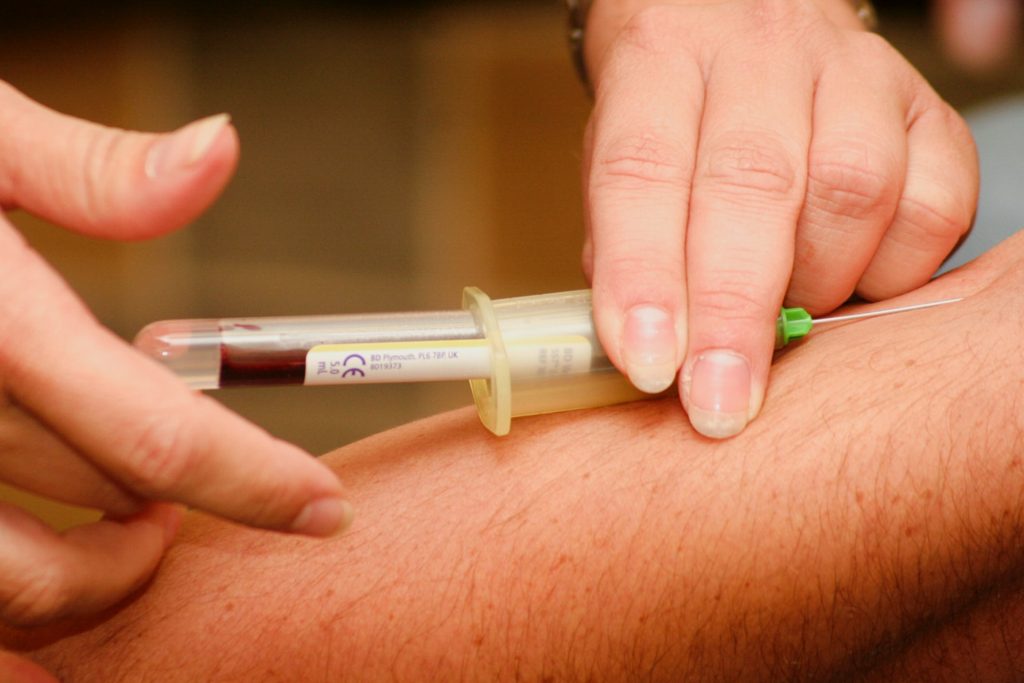Lead Exposure Lowered IQ of Americans Born Up to 1996

A new study calculates that exposure to car exhaust from leaded gas during childhood lowered the IQ levels of about half the population of Americans alive today.
The findings suggest that Americans born before 1996 may now be at greater risk for lead-related health problems, such as faster ageing of the brain. Leaded petrol was banned in the US in 1996, but anyone born in the US before the end of that era, and especially those at the peak of its use in the 1960s and 1970s, had worryingly high lead exposures as children, the researchers said. In South Africa, leaded petrol was only banned at the end of 2005.
The study’s findings were published in Proceedings of the National Academy of Sciences.
Lead is a neurotoxin that can enter the bloodstream via a number of routes and there is no safe level of exposure at any point in life. Young children are especially vulnerable to lead’s ability to impair brain development and lower cognitive ability.
“Lead is able to reach the bloodstream once it’s inhaled as dust, or ingested, or consumed in water,” said study co-author Aaron Reuben, a PhD candidate in clinical psychology. “In the bloodstream, it’s able to pass into the brain through the blood-brain barrier, which is quite good at keeping a lot of toxicants and pathogens out of the brain, but not all of them.”
To answer the complex question of how more than 70 years of leaded petrol use may have left a permanent mark on human health, Reuben and co-authors Michael McFarland and Mathew Hauer, both professors of sociology at Florida State University, opted for a fairly simple strategy.
Using publicly available data on US childhood blood-lead levels, leaded-gas use, and population statistics, they determined the likely lifelong burden of lead exposure carried by every American alive in 2015. From this data, they estimated lead’s assault on our intelligence by calculating IQ points lost from leaded gas exposure as a proxy for its harmful impact on public health – a result which stunned the researchers.
“I frankly was shocked,” Prof McFarland said. “And when I look at the numbers, I’m still shocked even though I’m prepared for it.”
As of 2015, more than 170 million Americans (more than half of the U.S. population) had clinically concerning levels of lead in their blood as children, likely resulting in lower IQs and putting them at higher risk for other long-term health impairments, such as reduced brain size, greater likelihood of mental illness, and increased cardiovascular disease in adulthood.
Leaded gasoline consumption rose rapidly in the early 1960s and peaked in the 1970s. As a result, Reuben and his colleagues found that essentially everyone born during those two decades are all but guaranteed to have been exposed to pernicious levels of lead from car exhaust.
Even more startling was lead’s toll on intelligence: childhood lead exposure may have blunted America’s cumulative IQ score by an estimated 824 million points – nearly three points per person on average. The researchers calculated that at its worst, people born in the mid-to-late 1960s may have lost up to six IQ points, and children registering the highest levels of lead in their blood, eight times the current minimum level to initiate clinical concern, fared even worse, potentially losing more than seven IQ points on average.
While the loss of a few IQ points may seem negligible, the authors note that these changes are dramatic enough to potentially shift people with below-average cognitive ability (IQ score less than 85) to being classified as having an intellectual disability (IQ score below 70).
Prof McFarland is continuing by analysing the racial disparities of childhood lead exposure, hoping to highlight the health inequities suffered by Black children, who were exposed more often to lead and in greater quantities than white children.
Reuben’s next step will be to examine the long-term consequences of past lead exposure on brain health in old age, based on evidence showing that adults with high childhood lead exposure may experience accelerated brain aging.
“Millions of us are walking around with a history of lead exposure,” Reuben said. “It’s not like you got into a car accident and had a rotator cuff tear that heals and then you’re fine. It appears to be an insult carried in the body in different ways that we’re still trying to understand but that can have implications for life.”
Source: Duke University






